Planet Parade with Kids: The Ultimate Family Guide to Watching Planets Align
Subscribe & Get Free E-books!
Subscribe to our channel and fill out the form below to receive exclusive free e-books directly in your inbox.
As parents, we’re constantly searching for experiences that spark our children’s curiosity while building essential learning skills. A planetary alignment—or “planet parade” as kids love to call it—offers one of those magical opportunities where wonder meets education in the most natural way possible.
Many parents feel intimidated by astronomy, worrying they don’t know enough to guide their children through stargazing adventures. The beautiful truth is that planetary alignments require no expertise to enjoy—just curiosity and a willingness to look up together. Research shows that shared astronomical experiences strengthen family bonds while developing critical thinking skills that benefit children throughout their academic journey.
The Magic Behind the Cosmic Dance
At its heart, a planet parade presents children with a real-life demonstration of patterns, movement, and scale that no textbook can match. When multiple planets appear to line up across the night sky, young observers witness the elegant mechanics of our solar system in action.
What makes planetary alignments particularly wonderful for families is how they make the abstract concept of space tangible and immediate. Children aren’t just learning about planets—they’re seeing them, tracking their movement, and participating in an ancient human tradition of sky watching.
Pattern Recognition in Action: When children observe planets moving night after night, they naturally begin to recognize patterns and predict changes. This observational skill transfers directly to mathematical thinking and scientific reasoning.
Key Learning Areas for Young Space Explorers
1. Scale and Perspective Through Direct Experience
Throughout a planetary alignment, children grapple with mind-bending concepts of distance and size in the most engaging way possible. That tiny dot of light is actually a world larger than Earth, millions of miles away. Your child learns that perspective can be deceiving and that small appearances don’t always mean small realities.
The beauty of planet parades lies in how they make abstract astronomical distances feel real and relatable through direct observation.
Discussion Starter: Ask your child, “If you could shrink down small enough to travel from planet to planet, how long do you think it would take? What would you pack for such a journey?”
2. Patience and Observation Skills
The planets in a parade don’t race across the sky—they move with stately patience that teaches children the value of careful observation. Some changes happen over minutes, others over days or weeks. This natural pacing helps develop attention spans and observation skills that benefit academic performance across all subjects.
The alignment shows children that the most spectacular natural events often unfold slowly, rewarding patient observers with increasingly rich details.
3. Scientific Prediction and Pattern Recognition
Perhaps the most valuable skill embedded in planet parade observation is learning to predict and test theories. Children can track planetary positions night after night, making predictions about where planets will appear next and then testing their hypotheses through continued observation.
Real-World Application: This prediction-and-testing cycle mirrors the scientific method children will use throughout their educational journey, from science fair projects to mathematical problem-solving.
4. Mathematical Thinking Through Cosmic Mechanics
The spacing and movement of planets during an alignment create natural opportunities for mathematical thinking. Children can estimate distances between planets, track how positions change over time, and even calculate how long it might take to travel between worlds.
Surprisingly, planetary alignments teach mathematical concepts through direct observation rather than abstract equations—making numbers feel relevant and exciting.
5. Communication and Descriptive Language
Planet parades inspire rich descriptive language as children struggle to capture the majesty of what they’re seeing. Terms like “cosmic parade,” “celestial dance,” and “stellar lineup” expand vocabulary while encouraging creative expression. The challenge of describing astronomical phenomena naturally develops communication skills.
The visual drama of planetary alignments often motivates children to write, draw, or create stories about their observations, connecting science to creative arts.
Age-Appropriate Space Adventures by Development Stage
Ages 3-5: Cosmic Beginnings
- Basic concepts: Identifying planets as “wandering stars” different from fixed stars
- Counting practice: “How many planets can you see tonight?”
- Simple observation: Drawing what they see, noting bright vs. dim objects
- Imagination play: Creating stories about planetary “families” traveling together
Ages 6-8: Growing Astronomers
- Pattern tracking: Recording planetary positions over multiple nights
- Comparison skills: Noting how planets look different from stars
- Basic prediction: Guessing where planets will appear tomorrow
- Research connection: Looking up planet names and basic facts
Ages 9-11: Junior Scientists
- Advanced observation: Using binoculars or telescopes to see planetary details
- Mathematical thinking: Calculating relative distances and travel times
- Scientific method: Forming hypotheses about planetary movement and testing them
- Historical context: Learning how ancient cultures interpreted planetary alignments
Extending the Adventure at Home
Creative Activities Inspired by Planet Parades
Solar System Theater: Create a family performance where each member represents a planet moving through their alignment. This kinesthetic activity reinforces orbital concepts while encouraging creative expression.
Observation Journal: Keep a family astronomy log documenting nightly observations. Include drawings, measurements, and questions that arise during viewing sessions.
Planet Travel Planning: Design imaginary missions to visit aligned planets. What would you need for the journey? How long would it take? This activity combines creative thinking with practical problem-solving.
Discussion Questions for Deeper Understanding
- Which planet would you most like to visit, and why?
- What do you think it would be like to watch Earth from another planet during the alignment?
- How do you think ancient people felt when they saw planetary alignments?
- What questions about space does watching the planets make you wonder about?
Building Real-World Connections
Planetary alignments provide excellent frameworks for discussing scale, time, and humanity’s place in the universe. The temporary nature of these events helps children understand that change is constant and that special moments deserve attention and appreciation.
The collaborative nature of family stargazing also reinforces that learning is more enjoyable when shared. In our screen-dominated world, these unplugged experiences of natural wonder are increasingly precious.
Supporting Your Child’s Scientific Curiosity
One of astronomy’s greatest gifts is its validation of wonder and questioning. Children naturally ask profound questions during stargazing sessions, and planetary alignments encourage this curiosity. There’s no pressure to have all the answers—wondering together is part of the joy.
The alignment experience teaches children that science isn’t just about facts in textbooks—it’s about observing, questioning, and discovering the patterns that govern our universe.
The Lasting Impact of Cosmic Wonder
Planet parades don’t just create beautiful memories—they plant seeds of scientific thinking that grow throughout children’s lives. The ability to observe carefully, recognize patterns, ask meaningful questions, and persist through gradual discoveries are skills that serve students well in every academic subject.
By sharing planetary alignments with your children, you’re not just stargazing—you’re building their capacity for wonder, scientific reasoning, and patient observation. The cosmic parade may last only weeks, but the curiosity it ignites can last a lifetime.
Making the Most of Your Planet Parade Adventure
Remember, the goal isn’t to become astronomy experts overnight or to quiz children on planetary facts. Instead, let the natural magic of aligned worlds work while staying open to the questions and discoveries that arise organically. Your child’s natural curiosity, combined with the sky’s spectacular display, will create the most meaningful learning experiences.
The universe is putting on a show specifically for your family. All you need to do is step outside, look up, and enjoy the cosmic performance together.
Visit CartoonKidsTV.com for:
-
Printable worksheets
-
Bonus learning activities
-
Parent and teacher resources
-
Weekly updates
Follow Cartoon Kids TV on Facebook, Instagram, and Pinterest for tips and ideas to keep your child’s love of learning growing every day.
With every flower, buzzing bee, and new discovery, your child learns that science is alive — right in their own backyard.
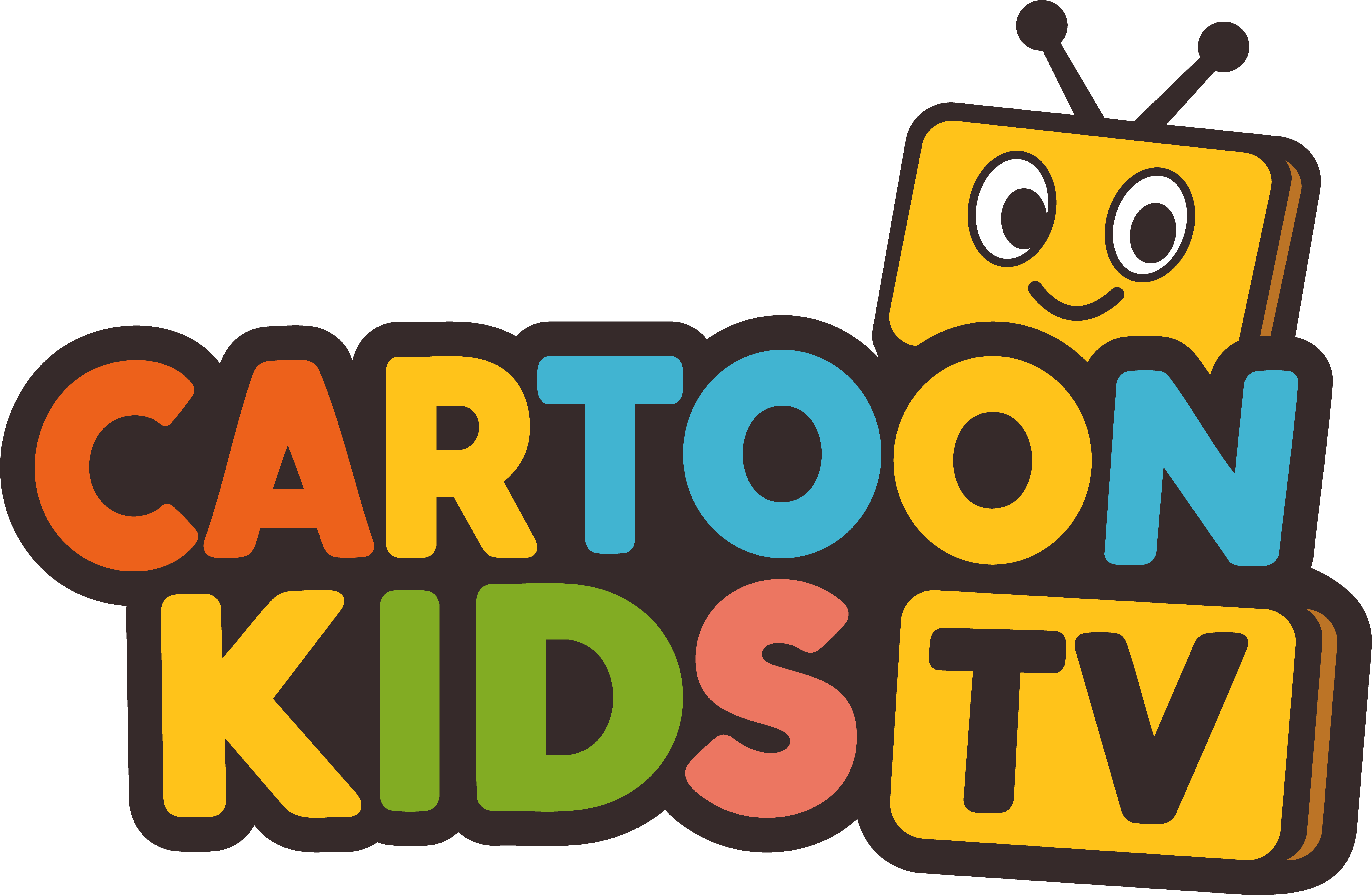
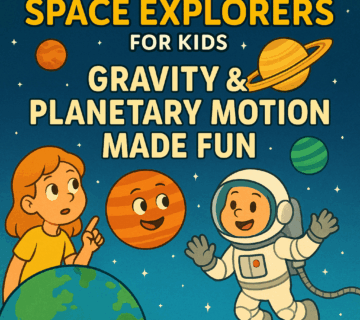
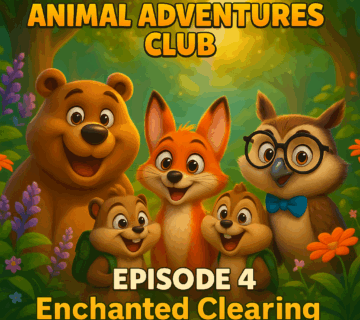
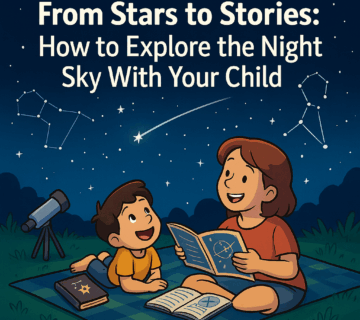
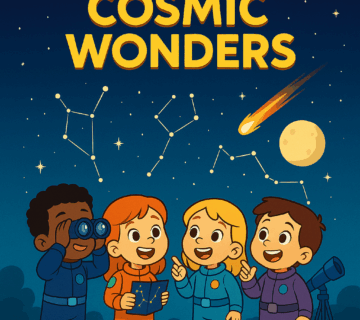
No comment